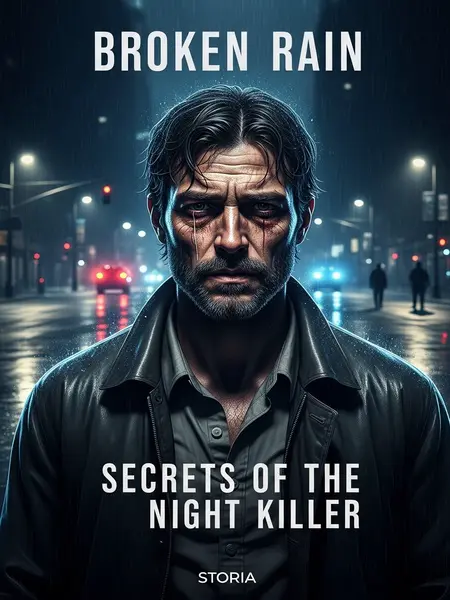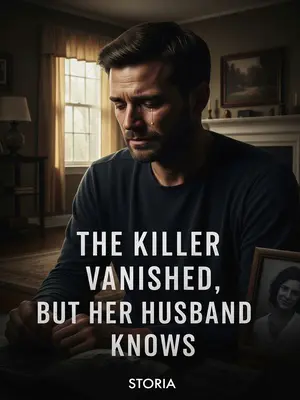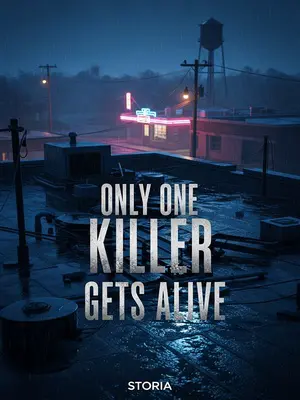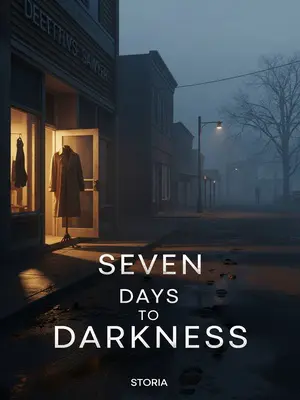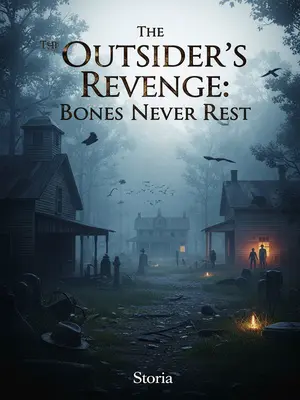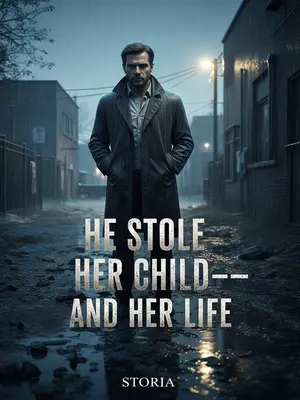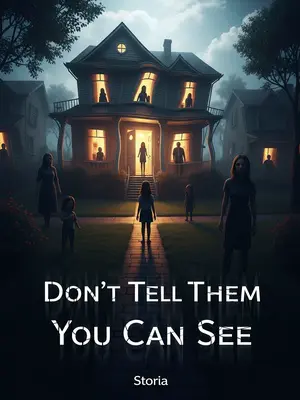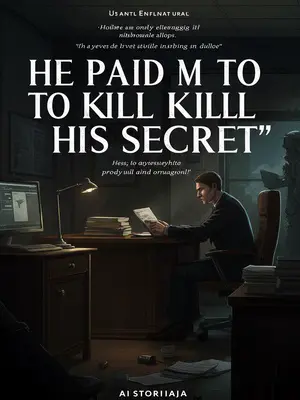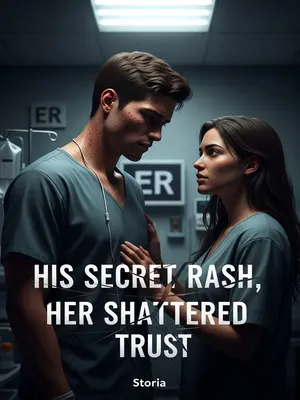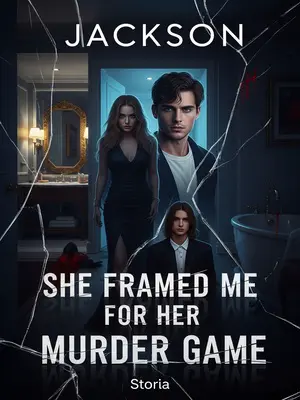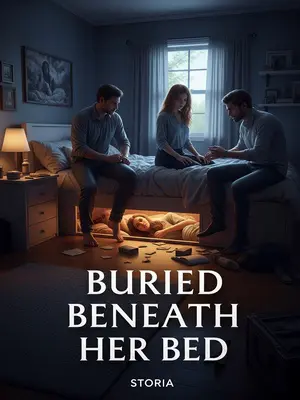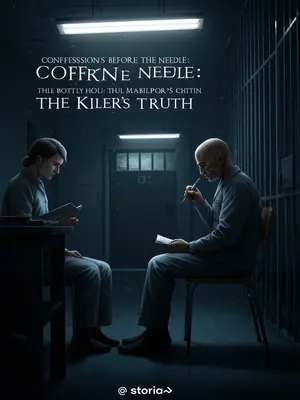Chapter 4: The Profiler's Last Theory
For a year, nothing. The higher-ups took it seriously. Several teams got involved, and our working theory finally sharpened.
The FBI sent in a behavioral analyst. We re-interviewed witnesses, re-tested evidence. But the leads were stale, and hope was running thin. Profiles don’t catch knives. Still, something shifted—like we were finally circling the truth.
A criminal profiler from the state task force, Detective Celeste Morales, was the first to propose a new theory. Of all the cases, the second and fifth were the most irregular. She started with the fifth, discovering the missing piece from the high school girl was the area of the fatal wound—the same as the male victim. So, the missing piece was likely to cover up that left-to-right slash. A second forensic exam confirmed the force of the left-handed wounds matched the other bodies. The second case was then included in the serial killings. Pin-in-the-map moment.
Morales was sharp—one of those people who could see patterns in chaos. She pinned photos to the wall, traced the wounds, connected the dots nobody else saw. She didn’t smile much. She was the first to convince me we weren't crazy to think the cases were linked.
The conclusion: the killer staged a left-handed murder scene to throw us off, making us hunt for a lefty and giving himself an out. But since the second victim was a man, it was hard to kill him instantly with the left, so the killer used his dominant hand for the fatal blow. All the other wounds were just to mislead us. He flipped us to the wrong hand.
It was a classic misdirection. The killer wanted us chasing our tails, and it worked. Morales's insight felt like a floodlight in a dark room.
Her badge was placed beside her, almost like a taunt. The uniform was ironed, pristine, as if the killer was mocking our authority.
The department turned inward again. We grilled each other, checked logs, re-watched hallway footage until our eyes crossed. The killer had slipped right under our noses. Paranoia settled in like mold.
Morale hit rock bottom. The press circled like vultures. Every mistake, every rumor made the front page. The Rainy Night Killer was more than a murderer now—he was a myth, a curse. Folklore with a body count.
That was seven years ago—the last Rainy Night murder. That two-year spree left scars everywhere. After that, I became obsessed with clearing the department’s name. I did find some key leads; this person knew everything about the police. From the first to the last case, the connections were tight.
The case was now considered a silencing and merged with the earlier murders. After repeated reviews, several at the station were implicated, including some higher-ups. The captain was transferred, and another officer and I—they docked us six months’ pay.
I spent months in a fog—therapy sessions, prescription bottles, the slow erosion of my confidence. The killer had stolen more than lives; he'd taken my future.
The Rainy Night Killer was silent for seven years, and the investigation stalled. But one thing was clear: the killer knew anatomy; every dismemberment was methodical. No bones hacked—tendons always cut with surgical precision.
The coroner called the cuts "textbook." By someone who studied. It was as if the killer had studied anatomy, maybe even practiced on cadavers. We checked local medical schools, morgues, anyone with surgical training. But again, nothing stuck.
As we dug deeper, we found something. In the first case, someone knew the victim’s boyfriend. It took years because the person who knew him was the latest victim—a distant niece, second-cousin range, of the first victim, who’d met the boyfriend nine years ago. She’d gone off to college and hadn’t contacted anyone for years. Her family hid the connection, afraid of getting involved. Nine years later, almost forgotten, she mentioned it during a family visit.
